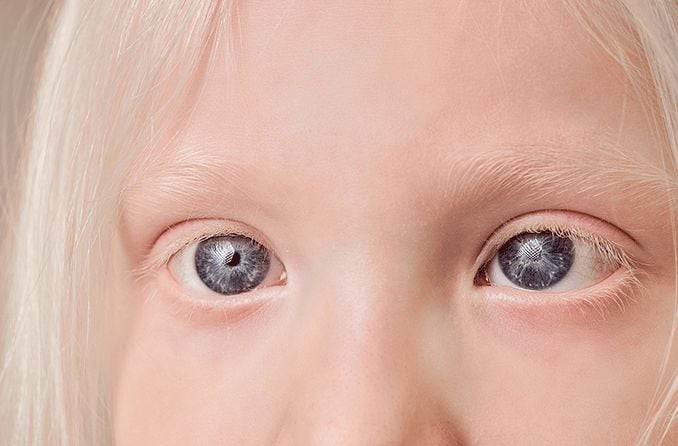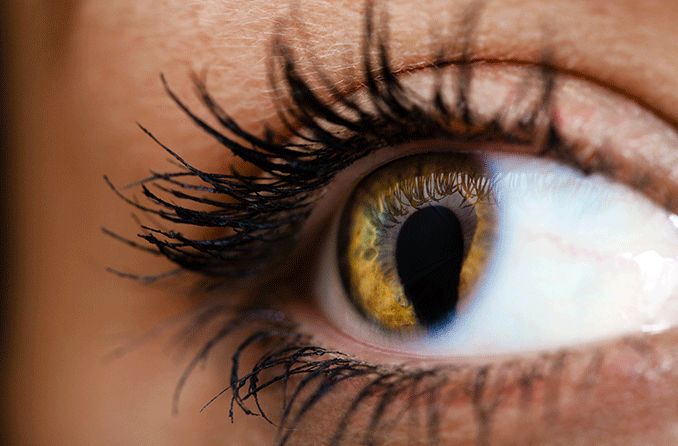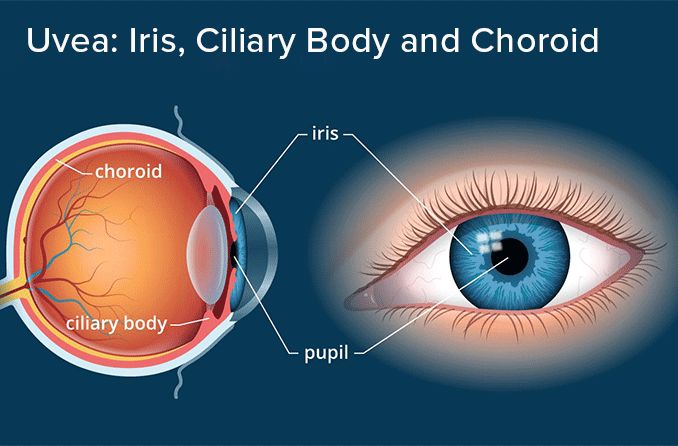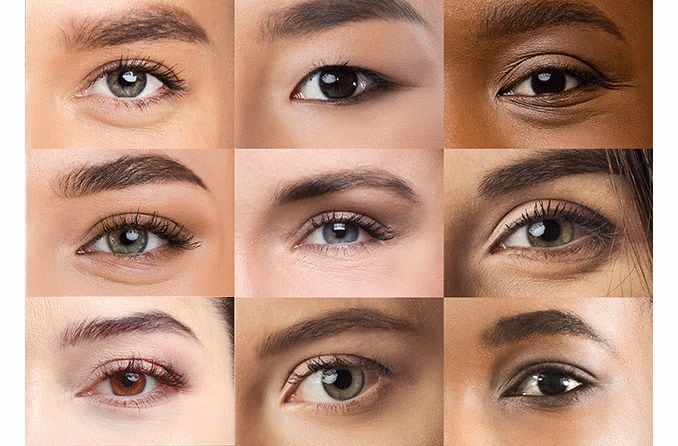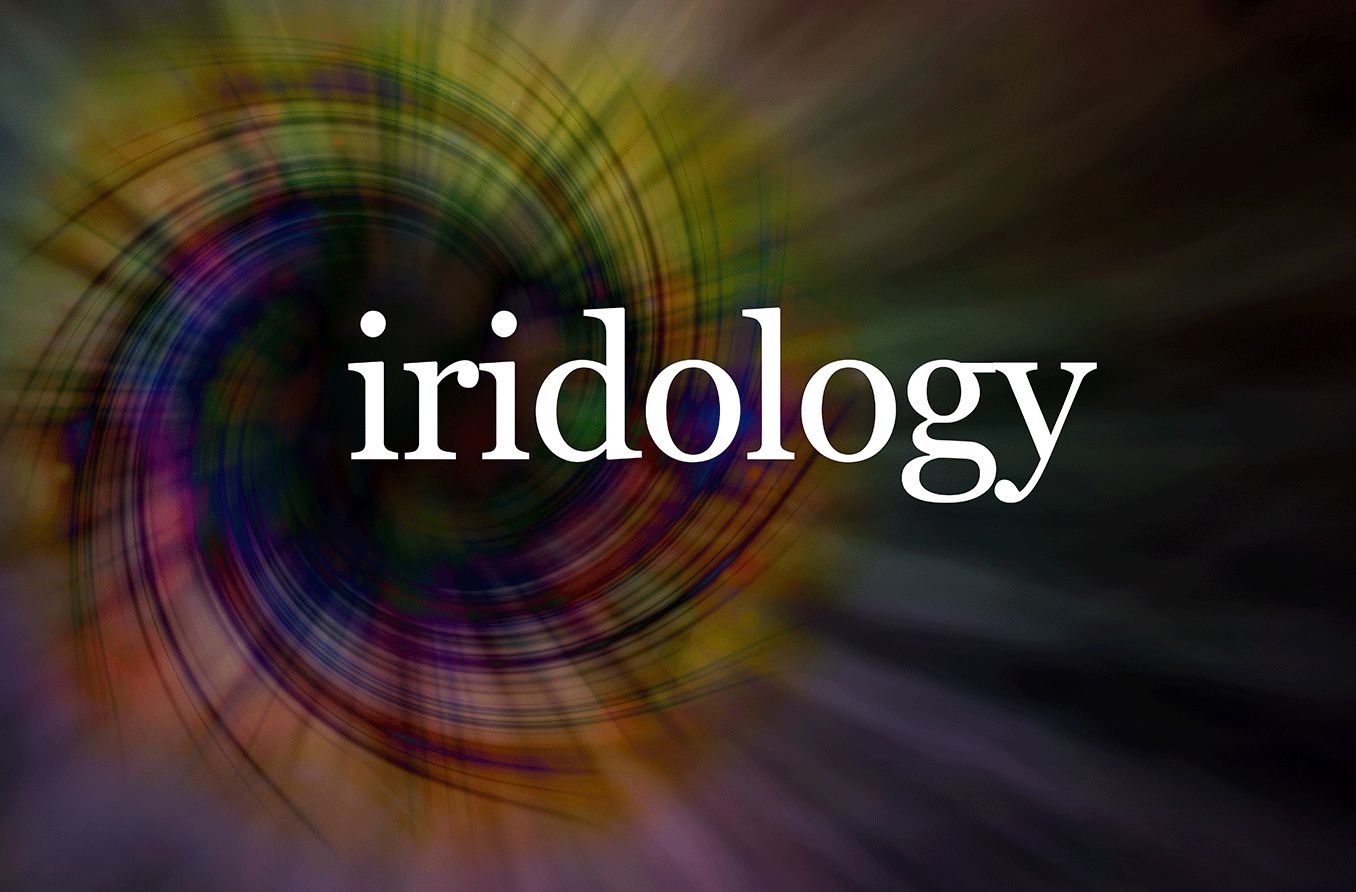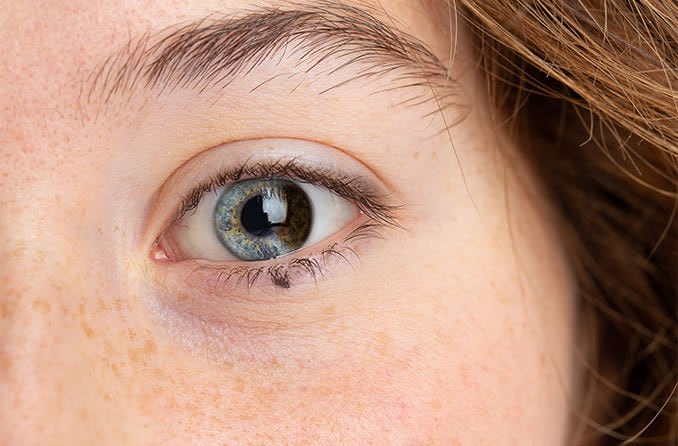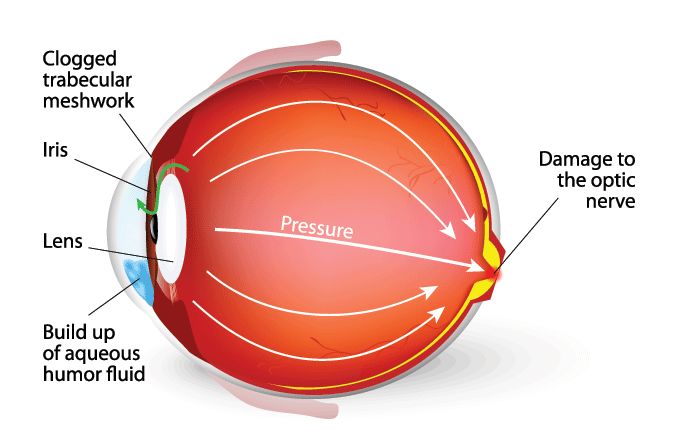Ocular albinism happens when the eyes have a shortage of the chemical compound that gives pigment to the iris. That’s the colored disc in the center of your eye.
Whether your irises are blue, green, brown or hazel, the tint comes from melanin, the same compound that colors your hair and skin. Some people have a genetic quirk: Their bodies don’t make enough melanin to color their hair, skin and eyes. That’s albinism.
Sometimes, the melanin shortfall is only in the eyes. That’s ocular albinism.
You might think eye color is just there for looks. Shiny blue or mysterious brown eyes are a big part of our notions of attractiveness and appearance.
But it turns out that melanin in the iris influences the development of eyesight and plays a key role in our ability to see the world. Thus, people with ocular albinism often have vision problems that last all their lives.
Eye color is one of the distinct characteristics of humans. If the eyes lack pigment, a bunch of questions pop up:
- What exactly is the role of the iris in eyesight?
- What causes ocular albinism?
- What are the most common symptoms?
- What are the likely treatments for ocular albinism?
Let’s take a quick look at the answers to these questions.
How does the iris contribute to eyesight?
First, we’ll review the basic functions of the eyeball:
- The cornea and the lens bend light waves that activate the light-sensitive nerves of the retina.
- Light sensations travel from the retina via the optic nerve to the brain, which converts these impulses into eyesight.
- The pupil, the black dot at the center of the eye, expands and contracts to adjust the quantity of light that reaches the retina. This works much like the aperture on a camera.
- The iris has tiny muscles that control the opening and closing of the pupil.
What does eye color have to do with any of this? In an eye with normal melanin levels, the pigment in the iris filters out stray rays of light that the retina doesn’t need to provide a sharp, clear image to the brain.
Ocular albinism takes away this filter. This interferes with the vision system.
What causes ocular albinism?
Ocular albinism is all about genetics. Usually, ocular albinism passes from mothers to sons — though some rare varieties affect boys and girls alike.
All human babies are born with retinas that aren’t fully developed. Babies with ocular albinism have genetic mutations that deprive their irises of melanin. The filtering that happens naturally in the retinas of normal babies doesn’t happen in those with ocular albinism.
It’s not known precisely how the lack of melanin influences the retina in babies. But experts presume ocular albinism somehow prevents the retina from developing correctly. Ocular albinism also affects the way vision signals travel to the brain in the optic nerve.
Ocular albinism causes the most trouble in the fovea, a section of the retina that helps create sharp focus. If the fovea lacks this focusing ability, it can be difficult to correct the problem with eyeglasses or contact lenses.
Some people suffer lifelong vision loss because of ocular albinism, while others have only minor challenges. Usually, it does not get worse over the years. Indeed, some children’s vision improves as they mature.
Another issue to think about: Lack of color in the iris can seem strange to people, which can affect the self-image of those with ocular albinism. Thus, if you have a child with ocular albinism, you might need more than an eye doctor to help them out.
SEE RELATED: Your infant's vision development: What to know
What are the symptoms of ocular albinism?
Pink irises are a telltale sign of ocular albinism, but there are many more common symptoms:
- Below-normal vision (often from 20/60 to 20/400, though some people rate as high as 20/25)
- Eyes shifting right and left (also known as nystagmus)
- Crossed eyes or “lazy” eye (strabismus)
- Sensitivity to bright lights
- Difficulty with depth perception because the eyes have trouble working together
Parents who know they carry the genes for ocular albinism should work with their eye doctors closely when a new baby arrives. While ocular albinism cannot be cured, it can be managed effectively. Though vision might not be restored fully to 20/20, improvement is possible.
SEE RELATED: Marfan Syndrome and the Eyes
How do eye doctors treat ocular albinism?
Eye doctors start by examining the iris and the retina and testing visual acuity. They also look for eye shifting and lazy-eye symptoms. A scan of the retina may also detect underdevelopment of the macula, the section of the retina that keeps vision sharp.
Once the eye doctor confirms the diagnosis of ocular albinism, it’s time to work on correcting vision problems. Some studies have noted that vision can be improved up to 20/30 with corrective lenses, though the average is just over 20/80. Tinted lenses may help people who have a high sensitivity to light. Color filters may make it easier to read.
Therapy will be applied to treat lazy eye (where one eye is stronger than the other), while surgery may be required to correct crossed or shifting eyes.
Generally, ocular albinism comes down to smart management of the condition. Eyes without pigment are especially vulnerable to direct sunlight, so dark sunglasses and a brimmed hat may be required accessories. Schoolchildren with ocular albinism may need special telescoping lens attachments on their glasses to see the writing on a chalkboard or whiteboard.
Working with an eye doctor is essential
Ocular albinism does not have to be a profoundly disabling condition. Still, some people will have low vision throughout their lifetime. They may need to buy corrective devices and modify their behavior to adapt to the condition’s requirements.
With all the complications that come with ocular albinism, there’s no substitute for regular visits to an eye doctor.
SEE RELATED: Rare conditions associated with high myopia in children
